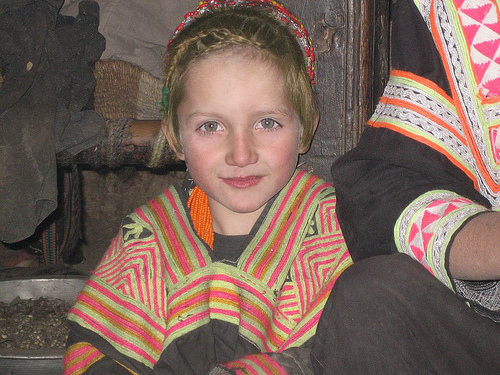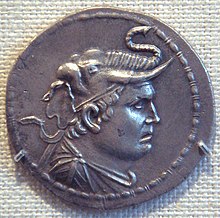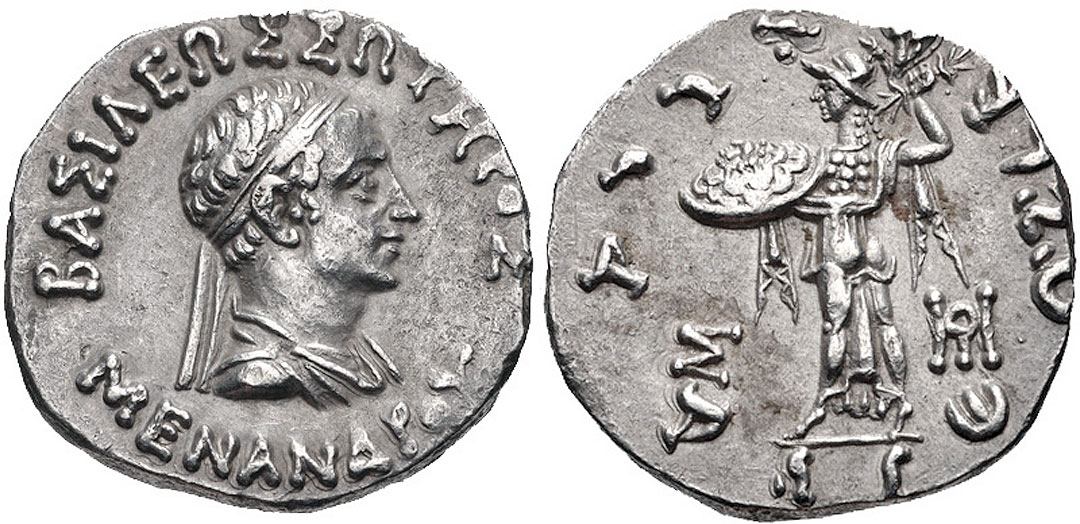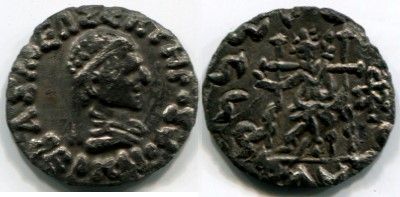If you want to follow in the footsteps of Alexander the Great in Pakistan and build up a sort of travelogue. I have marked in red on the map below Alexander’s journey through what is now Pakistan. It has numbers on it to show you where we are in Pakistan. To remove any ambiguity I shall limit my journey within Pakistan only.
I would ask please that this thread is not derailed. Please read the title of the thread. Can we please stay with the ambit of this thread which will be a journey through Pakistan following the footsteps of the mighty Alexander.
I would be grateful if people can contribute with photo’s or maps but onlyu as long as they avoid the tricky subject of Pak-India sensibilities by employing neutral nomenclature like as described – native or South Asian.
I begin the journey on the Khyber Pass through which runs the main road from Kabul, Afghanistan into Pakistan. As he his army through the Khyber Pass his men had entered what is now Pakistan past what is now the Afghan-Pak Border Checkpoint where today stands the Bab R Khyber translated means Khyber Gate in English.
On the Map above the red line represent approximate route followed by Alexander and his armies. Khyber Pass is marked No. 1 red star on the map.
As we go along the road which snakes down the pass the fertile Peshawar valley would have become visible which then was dominated by the former Persian Satrapy of Gandhara. This area today is source of lot of trouble in Pakistan as effects of the Afghan war spill over and suffers from regular Taliban attacks. All those centuries ago Alexander would not have known that another mighty army from the West – NATO would arrive in this part of the world.
This road that comes from the city of Peshawar is main supply route for NATO and is full of trucks carrying supplies for NATO. Below the Babe Khyber border between Afghan-Pak that Alexander would have marched.
Alexander would been subjected to continous trouble from the local tribes even today are source of so much trouble. As we move deeper into Pakistan. The local cheiftain from Taxila marked green No.2 on the map ( which is only about 15 miles from the present Pakistani capital Islamabad met Alexander and effectively surrundered his territory. The hill tribes to the north still refused but Alexander and his Greeks marched victorious into Taxila a magnificient city at that time adjacent to modern capital of Pakistan Islamabad.
Alexander subsequently had to go up north into the wild mountains each with hidden valleys to subdue the tribes who refused to bow to his power. This area of Pakistan to this day has people who display extreme western features and the common myth ( true or not ) is they are the decendants of the Greeks although I have seen blue and blond hair here which is very rare in Greece. In Pakistan entire population groups within certain areas display extreme features. Most people of this province look Mediteranean although some as below are almost north western European.
We will move on Taxila next. For now can I request people from across the border not to destroy this thread please. I am tired of my country hitting the headlines for the wrong reason. I want to show people this ancient land with a history going back 5,000 years plus. Is there anything wrong with this ? Thank you. Will be back for the next part of the journey through Pakistan.
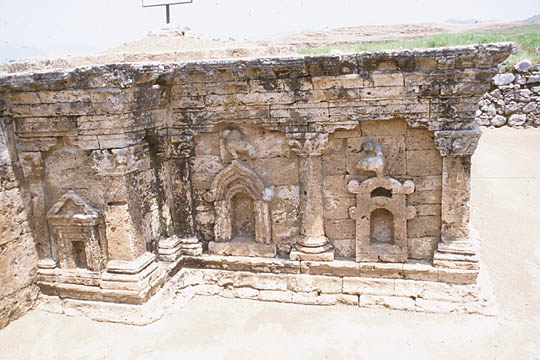
Double headed Eagle shrine, Taxila, Pakistan showing Greek influence around about 2nd BC. About 15 miles west of Pakistan capital Islamabad.
Pakistan Paedia – Archaeological Treasure of Pakistan (Taxila)

Double headed Eagle shrine, Taxila, Pakistan showing Greek influence around about 2nd BC. About 15 miles west of Pakistan capital Islamabad. Pakistan Paedia – Archaeological Treasure of Pakistan (Taxila) |
|
Anyway we are now on No 3 marked blue on map. On the banks of Jhelum river ( to Greeks the Hydaspes ) Alexander had one of the tough battles he had faced against the ruler of Punjab – Porus. Although the Greeks won but the Punjabi’s under Porus fought valiantly but lost to Alexander’s skill.
However Alexander’s horse Bucephalus was killed. Alexander subsequently set up two towns in the vicinty called Alexandia Bucephalous in honour of his horse. Near where the Battle of Hydaspes was fought today a monument has been built called the Alexandria Monument. Foundation stone laid by the Greek Ambassador to Pakistan 1997. From Greece to Pakistan – Alexander. In addition Alexander set up another town in the area called Nicea which possiblity might be the Pakistani town of Mong not to far from this place. After this Alexander moved east through the flat plains of the Indus valley in today’s Punjab, Pakistan generally heading toward Lahore city. http://historum.com
|






